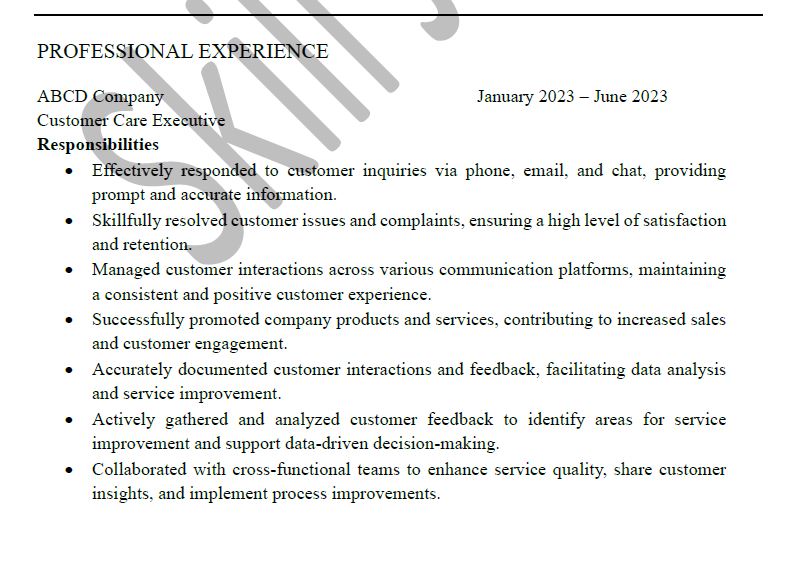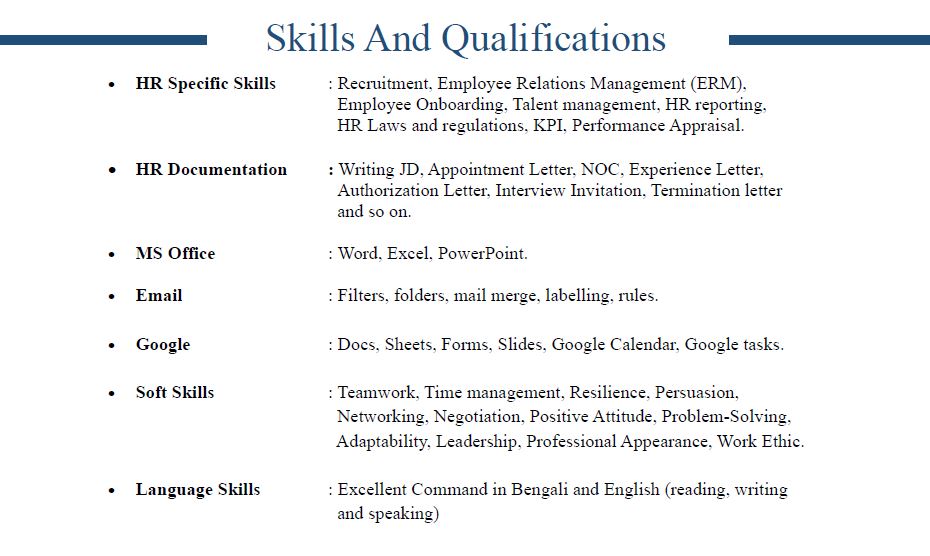Your Curriculum Vitae (CV), often referred to as a resume, is your ticket to get your dream job. It’s the first impression you make on potential employers, and it plays a crucial role in your job search success. To stand out in a competitive job market, it’s essential to craft a professional and compelling CV that highlights your qualifications, experience, and skills. Some good CV writing firms can help you write a professional CV or resume but the best practice is to learn how to write your own CV (resume) to get your desired job. In this comprehensive guide, we’ll take you through the step-by-step process of how to write a CV for a job that will grab the attention of recruiters and increase your chances of getting hired.
How to Write a CV for Job: Step-by-step Guidelines
Writing a professional and compelling CV is essential to stand out among the crowd and increase your chances of landing the job of your dreams. Here are the step-by-step guidelines on how to write a CV for job –
1. Include Contact Information
This crucial section establishes your CV by presenting your essential contact details. These details typically consist of your full name, phone number, email address, and, optionally, your home address. Providing accurate and professional contact information is vital because it ensures potential employers can reach out to you easily and securely.
Your CV should begin with your contact information. Include:
1.1 Your full name
1.2 Phone number
1.3 Email address
1.4 LinkedIn profile (if applicable)
1.5 Optional: Home address
2. Write a Strong Summary Statement
Your personal statement or career summary as the opening statement of your CV. It’s a concise paragraph that encapsulates your career goals, highlights your unique skills, and communicates what you can bring to a potential employer. This section offers a valuable opportunity to make a strong initial impression on recruiters, setting the tone for the rest of your CV.
3. Highlight Your Work Experience
The “Work Experience” section forms the core of your CV. It includes a chronological listing of your previous job positions, detailing the job title, company name, location, and dates of employment. Furthermore, this section outlines your responsibilities and significant achievements in each role, utilizing impactful action verbs. It’s essential to describe your work experience in a way that conveys your professional journey effectively.
Here’s how to do it right:
3.1 List your jobs in reverse chronological order, starting with the most recent.
3.2 Include the job title, company name, location, and dates of employment.
3.3 Describe your responsibilities and achievements using action verbs (e.g., “managed,” “increased,” “achieved”).
3.4 Quantify your achievements whenever possible (e.g., “increased sales by 20%”).
3.5 Tailor your work experience to match the job you’re applying for.
4. Showcase Your Education
In the “Education” section, you present your academic background. Typically, you list your highest degree first, including the institution where you earned it, the graduation date, and any relevant honors or distinctions. Additionally, you may mention any certifications or specific coursework that enhances your qualifications. This section emphasizes your educational qualifications and achievements.
You should include your educational background in following manner-
4.1 List your highest degree first, including the institution, graduation date, and any relevant honors.
4.2 Mention additional certifications or relevant coursework.
4.3 Omit high school information if you have a college degree.
5. Highlight Relevant Skills
The “Skills and Qualifications” section is where you demonstrate your abilities. You categorize your skills into two groups: “hard skills” (technical skills or competencies) and “soft skills” (personal attributes). Using bullet points for clarity, this section helps recruiters quickly identify the skills and attributes that make you a strong candidate for the job at hand.
How you should you write a dedicated section to highlight your skills:
5.1 Categorize your skills into “hard skills” (technical abilities) and “soft skills” (personal attributes).
5.2 Use bullet points for easy readability.
5.3 Tailor your skills to match the job requirements.
6. Include Additional Sections
“Additional Sections” segment allows you to personalize your CV further. It’s an opportunity to add more depth to your document by including optional sections such as awards and achievements, specific projects you’ve worked on, memberships in professional organizations, language proficiency, and even your hobbies and interests. These sections give employers a broader view of your personality and experiences.
Depending on your background, you can include additional sections to make your CV more robust and tailored:
6.1 Awards and Achievements: Mention any accolades or recognition you’ve received.
6.2 Projects: Highlight specific projects you’ve worked on.
6.3 Professional Memberships: List any memberships in relevant organizations.
6.4 Languages: Indicate your proficiency in languages.
6.5 Hobbies and Interests: Briefly mention hobbies and interests that demonstrate your well-rounded personality.
7. Proofread and Edit
“Proofread and Edit” is the phase in your CV creation process where you ensure that your document is free from spelling and grammatical errors. It’s also where you make certain that your formatting is consistent and that your CV maintains a professional and polished appearance. This section is instrumental in ensuring the overall quality and impact of your CV.
A polished CV is essential. Here’s what to do:
7.1 Check for spelling and grammatical errors.
7.2 Ensure consistent formatting and fonts.
7.3 Have someone else review your CV for feedback.
8. Customize for Each Job Application
Customizing your CV for each job application is a crucial step in tailoring your candidacy for a specific role. Here, you review the job description and requirements carefully and then adjust your work experience and skills to match the particular job. It’s about highlighting keywords and phrases from the job posting, demonstrating that you are the ideal candidate.
9. Format for Readability
Format for readability is about making your CV visually appealing and easy to read. You achieve this by using clear headings and subheadings, selecting a clean and professional font, employing bullet points for lists, and maintaining a concise, organized layout. An aesthetically pleasing and well-structured CV makes it easier for recruiters to digest the information you provide.
Follow the steps below to make your CV easy to read and visually appealing:
9.1 Use clear headings and subheadings.
9.2 Choose a clean and professional font (e.g., Arial, Calibri).
9.3 Use bullet points for lists.
9.4 Keep it concise; aim for a two-page CV, but be thorough.
10. Save in the Right Format
Knowing how to save your CV in the right file format is essential to maintain the visual consistency and accessibility of your document. Saving it as a universally accepted format, such as PDF, ensures that your CV will appear the same way to everyone who views it, regardless of the software or device they use.
Additional Tips and Best Practices
Here are some additional tips to consider when writing your CV:
- Be honest: Never exaggerate or falsify information on your CV.
- Keep it up to date: Regularly update your CV to reflect your latest experiences and skills.
- Use action verbs: Start each bullet point with a strong action verb to make your achievements more impactful.
- Be consistent: Maintain a consistent style, formatting, and use of verb tenses throughout your CV.











2 thoughts on “Professional CV Writing: How to Write a CV for Job”